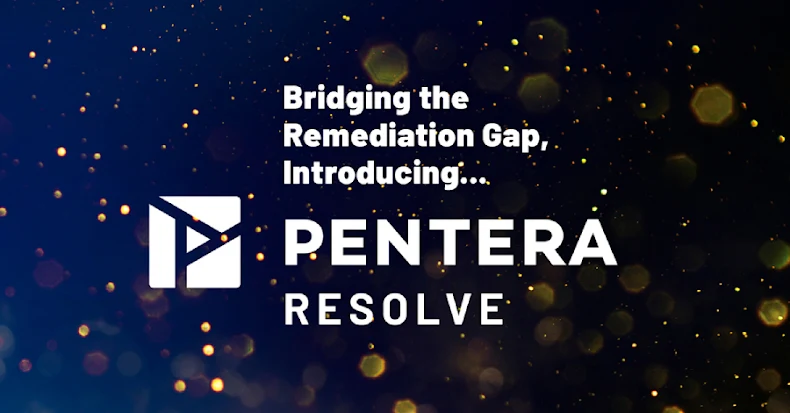From Detection to Resolution: Why the Gap Persists
A critical vulnerability is identified in an exposed cloud asset. Within hours, five different tools alert you about it: your vulnerability scanner, XDR, CSPM, SIEM, and CMDB each surface the issue in their own way, with different severity levels, metadata, and context.
What's missing is a system of action. How do you transition from the detection and identification of a security issue to remediation and resolution?
The Continuous Threat Exposure Management (CTEM) framework was introduced to help organizations address this challenge, calling for a repeatable approach to scoping, discovery, validation, and ultimately, the mobilization of remediation efforts. The goal is not just to identify risk, but to act on it, continuously and at scale.
In most environments, that mobilization happens, but it relies on manual processes. Findings remain fragmented across tools, each with its own format, language, and logic. The responsibility to consolidate, correlate, prioritize, and assign remediation tasks often falls to already stretched security operations teams. And when fixes are eventually applied, there is often no mechanism in place to validate that your actions were effective.
What we've seen across more than 1,200 customers is that existing processes are not built to scale across the thousands of alerts enterprise security teams contend with on a weekly basis. Security and operations teams are not set up for success here.
This disconnect between identifying risk and resolving it efficiently and reliably is the remediation gap. It is not a visibility problem. It is an operational one.
Pentera Resolve: Operationalizing Validated Risk
As the leader in Security Validation, Pentera has always focused on helping organizations understand which vulnerabilities truly matter. By safely emulating real-world attacks, we don't simply identify what is potentially exposed, but rather how those exposures can be exploited within the context of your environment.
Now we are extending that leadership by bridging security validation with automated remediation operations, closing the gap between insight and action. Alerts alone do not reduce risk. Their value depends entirely on the organization's ability to act on them. Ten overlapping reports sitting unread on a dashboard do not make you safer. Action does.
Introducing Pentera Resolve. Our new product marks a shift in what organizations should expect from a Security Validation platform, integrating remediation workflows natively into the validation lifecycle.
Pentera Resolve automates the remediation workflow by turning validated findings into structured tasks and routing them directly to the teams responsible for fixing them. Security teams no longer need to comb through multiple reports, chase down asset owners, or track remediation progress across disconnected dashboards. Pentera Resolve removes that friction with a streamlined process embedded in the systems organizations already use.
Powered by AI, it automates triage, prioritization, and ownership assignment. Each validated issue is enriched with business and asset context, delivered into platforms like ServiceNow, Jira, and Slack. Each ticket is tracked and cataloged, ensuring audit-ready proof-of-fix. This creates a system of record for remediation, providing security, IT, and compliance teams a shared and verifiable view of progress, all within the tools they already use. As the platform evolves, Pentera Resolve will support triggering re-tests to determine whether the original validated risk has been fully addressed.
The result is faster, simpler, and more accountable remediation. Every issue is tied to real exploitability, verified after resolution, and fully measurable from start to finish.
This level of operational integration supports something broader. It is not just about fixing what has been found. It is about enabling security programs to run remediation as a continuous, coordinated part of enterprise risk management.
From Assessment to Resolution: A Unified Platform
Security teams no longer spend time translating findings into tickets. IT and DevOps teams no longer need to guess which exposures to prioritize. Everyone works from the same source of validated truth, inside the systems they already use.
This is not just about tooling. It is about changing how work gets done, with fewer gaps, clearer ownership, and full accountability from start to finish.
Exposure without action is just noise. Pentera Resolve brings remediation into focus. It is measurable, repeatable, and fully integrated into how teams already operate.
Validate. Remediate. Repeat.
That is the loop. And now, it runs without gaps.
Note: This article was authored by Dr. Arik Liberzon, Founder and Chief Technology Officer of Pentera.
Found this article interesting? This article is a contributed piece from one of our valued partners. Follow us on Google News, Twitter and LinkedIn to read more exclusive content we post.

